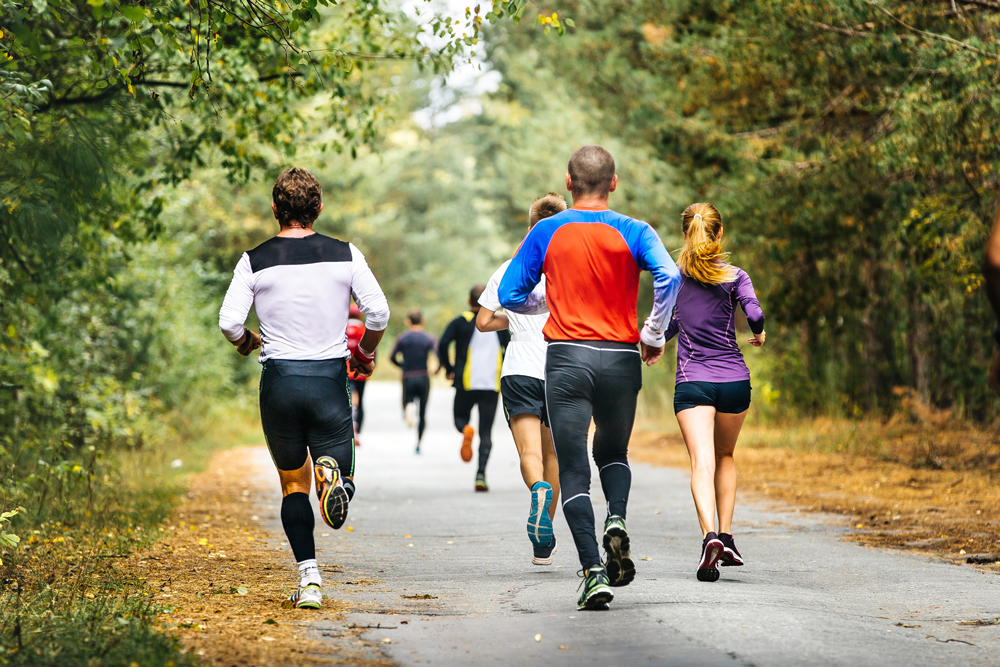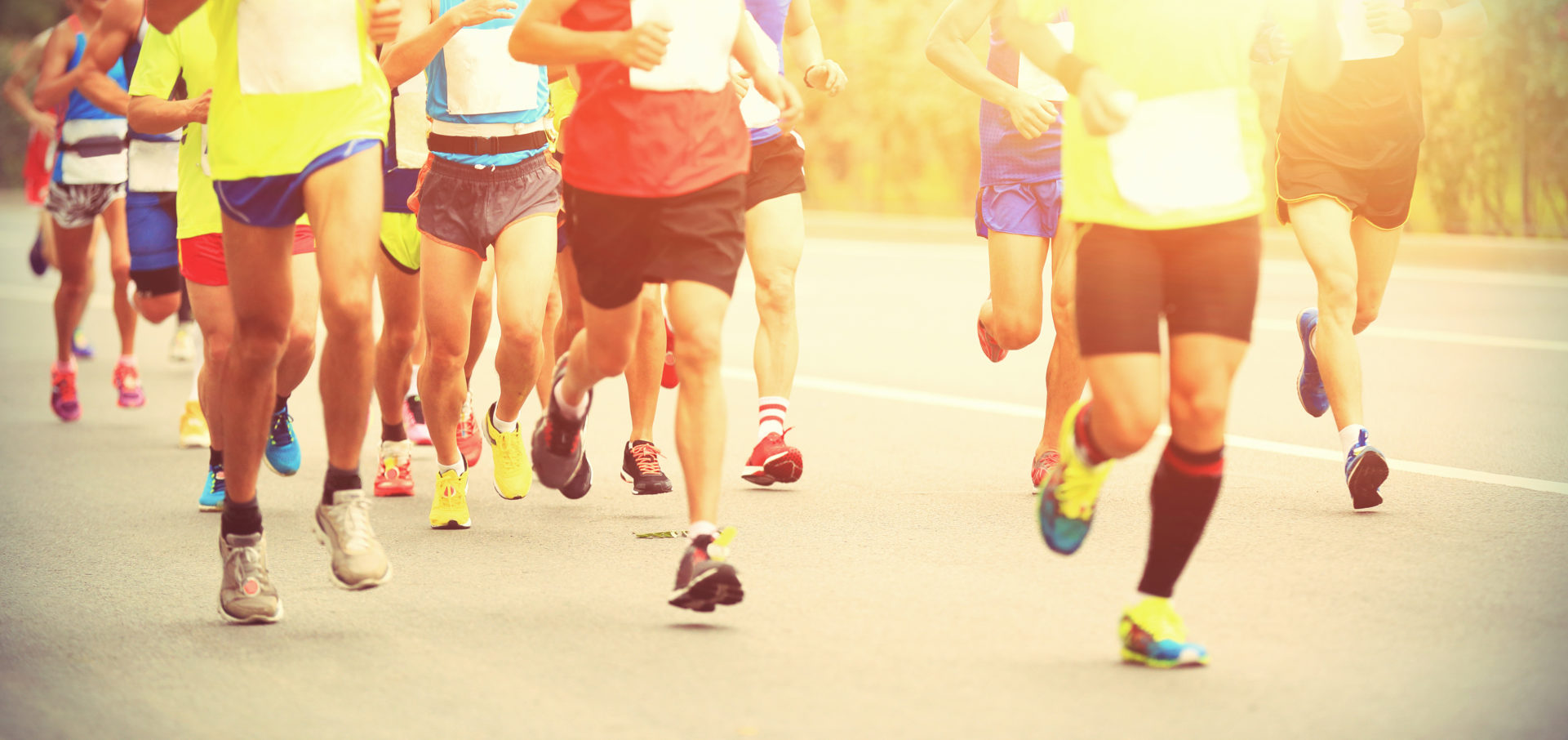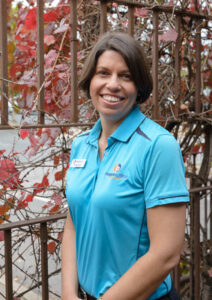Last month I wrote about how to start a walking program to avoid injury – this month I’m giving you my top five tips for starting a running program. There are many reasons to start a running program including improving your energy levels, assisting weight loss or running for a cause. If you are new to running, or are starting back after a long lay-off, you need to plan carefully to reduce the risk of injury. Here are a few tips to ensure a safe start to your running program.
1. Appropriate footwear The best investment you can make is a proper pair of running shoes (not cross-trainers or tennis shoes). Either speak with your physiotherapist or staff at a specialty running store who can help you select a shoe which will complement the way your foot strikes the ground.
2. Choose the right surface Where you run is extremely important for the new runner. Running on grass will place less impact on your joints but the spongey surface will makes your muscles work harder and can be risky for ankle sprains. At the other end of the spectrum running on concrete is extremely hard on your knees and ankles and can quickly lead to injury. The best compromise is a crushed rock surface (like the rail trail), firm dirt road (like the fire roads that traverse through most bush reserves) or a well-worn single track.
3. Build up slowly Going too far or too fast right away is likely the number-one cause of injury among runners. Start by running for 20 minutes at a time, three times per week. Gradually increase the amount of time you’re running and the number of days you run. Don’t be afraid to start by breaking up your runs with sections of walking. You can do this on your own using a watch, or use an app like the “0-5km”which will guide you through it. As you get fitter and stronger, start reducing the number of walk breaks.
4. Set a goal Using a sports watch or a running app on your phone can be a great way to track your progress and set measurable goals such as increasing your distance, speed over a set course or metres of elevation gained. Entering an event such as a 5km fun run or park run can also keep you motivated in your training and provides a supportive environment to push yourself. See www.runningcalendar.com.au to find an event near you.
5. Don’t forget your recovery There are a number of things you can do to aid your recovery and reduce soreness in the days following your run.
- Cool down with 3-5 minutes of walking to help remove lactic acid from your muscles.
- Stretch your major running muscles (quadriceps, calves and hamstrings) at the end of your run to reduce stiffness.
- Rehydrate immediately after your run (water is best!)
- Eat a meal with a good balance of fats, proteins and carbohydrates e.g. peanut butter on toast or dried fruit and nuts to help your muscles recover.
If you have any questions about niggles with running, please send me an email and I’ll reply with some helpful advice: rob@personalbestphysio.com.au
Happy running!
Rob.




